Several ways to smooth an oilcloth tablecloth
Only a tablecloth purchased or stored folded for a long time will always have creases on the fold. After spreading it on the table they will disappear, but after a while. This time depends on the type of product, its thickness and quality. If you don’t have the time or desire to wait, you can use some leveling tips.
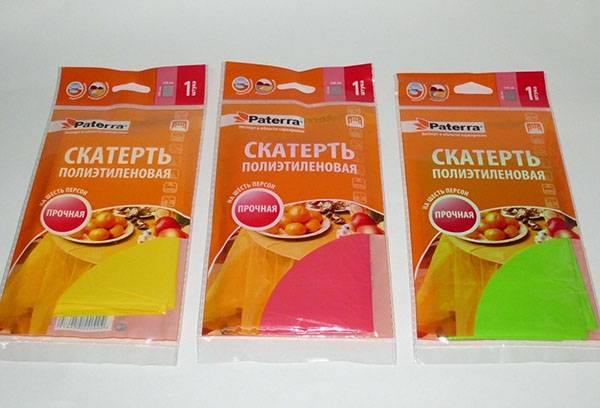
Alignment Methods
There are several ways to level an oilcloth tablecloth.
- When open, on a flat surface, use a regular hairdryer to go over the folds. The hairdryer must be kept at least 25 centimeters away from the surface, otherwise the product may be damaged. This technique is effective, but labor-intensive, especially if the area is large and there are many creases. Thick material will have to take longer to heat through the entire thickness.
- Soak the oilcloth in hot water, but not boiling water, and hang it by one side so that it smoothes out under its own weight. Or attach weights for weighting, but in this case the fabric may warp if you distribute the weight unevenly or choose too massive weights.
- Wet the tablecloth in hot water, as in the second point, and lay it out on the table, placing weighting objects in curved places. When using this method, keep in mind that marks may remain, so you should not keep them for long.
- Use the iron on minimum setting and with a damp cloth. Gently smooth out any unevenness using stroking movements.
Depending on the material from which the oilcloth is made, certain technologies work differently and have unequal effectiveness. Let's consider the types of materials separately.
Vinyl
This is a very practical and easy-to-use material, prevents slipping on the table and protects furniture from damage, and at the same time looks very aesthetically pleasing. There are models of oilcloths that imitate fabric. They do not need to be washed, they do not wrinkle when crumpled for a short time, but if there are large folds, then it will be enough to smooth them out with a warm iron through a damp kitchen napkin.
Please note that vinyl is sensitive to high temperatures, so before ironing, it is recommended to try it on an inconspicuous corner so as not to spoil everything. There is no need to press hard and stay at one point for a long time; just walk lightly, if necessary, several times.
Polyvinyl chloride
PVC material is popular due to its long service life and practicality. Does not require ironing, but if such a need arises, use an iron and a damp cloth. Minimum temperature is required, all irregularities are removed with light, smooth movements. Using a hair dryer is acceptable, even more convenient, if the thickness is small.
Advice
PVC products can only be washed at water temperatures up to 40 degrees Celsius - and only by hand.
Acrylic
This is a wear-resistant and waterproof material based on cotton or linen, but, unlike natural woven fabrics, it does not wrinkle and is not afraid of stains, while maintaining the structure and properties of ordinary fabric, creating a spectacular look on the table. Acrylic impregnation is resistant to high temperatures and can withstand a hot pot or frying pan.It can be washed and ironed on the reverse side at normal temperatures. There is no need to use other methods here.
There is only one drawback - over time, acrylic loses its properties.
Teflon
Teflon impregnation, like acrylic, is resistant to dirt and stains and has a water-repellent effect. But it does not like high temperatures, it cannot be washed, twisted or ironed, in which case Teflon releases harmful substances. If ironing such a thing is unavoidable, overheating must be avoided. The tablecloth can be washed at a temperature not exceeding 40 degrees Celsius, and ironed with a warm iron.
The method of pulling out folds while wet is not very suitable, but it can be used.
Polyester
The most common oilcloth in the kitchen, because it washes well, does not fade, does not wrinkle, and is inexpensive. There is pure polyester, and there is a cotton base. The first option is strictly forbidden to boil; it melts quickly and is afraid of fire. The second burns out in twice as long and also does not tolerate boiling. Therefore, temperature smoothing methods are used with great caution.
When wetting and drying for smoothing, it is necessary to avoid direct sunlight, they can only damage the product. But in general the method is very suitable for this material.
Let's sum it up
Any oilcloth can be smoothed using temperature methods, with a few exceptions, which were discussed earlier. But other techniques are no less effective, they just require more time.
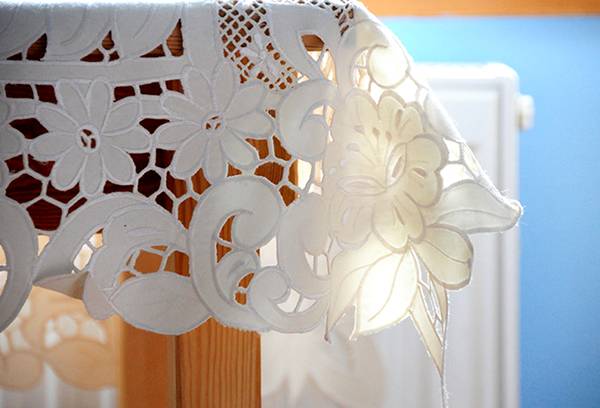
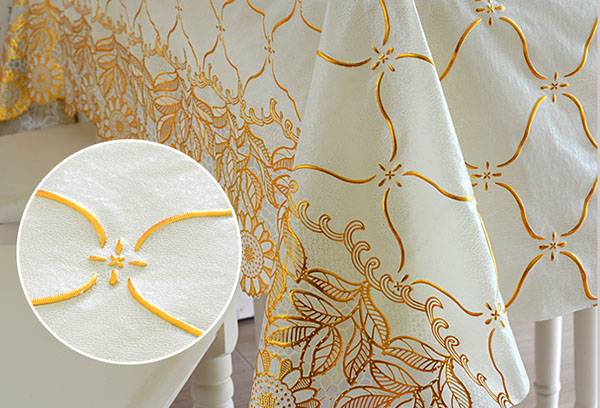
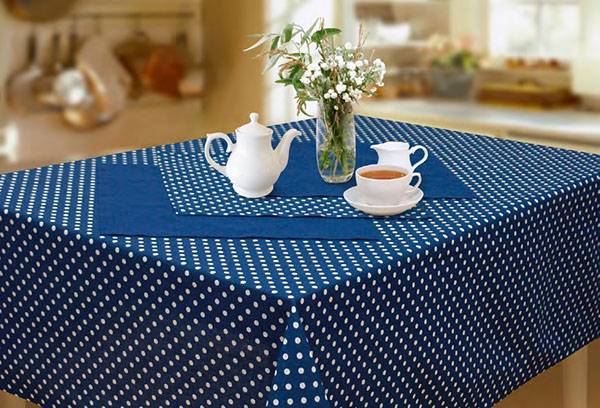
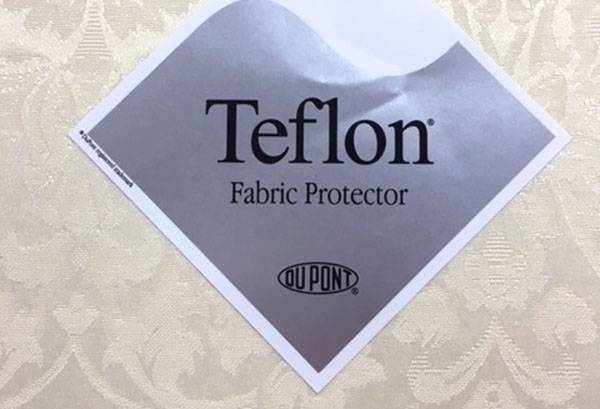
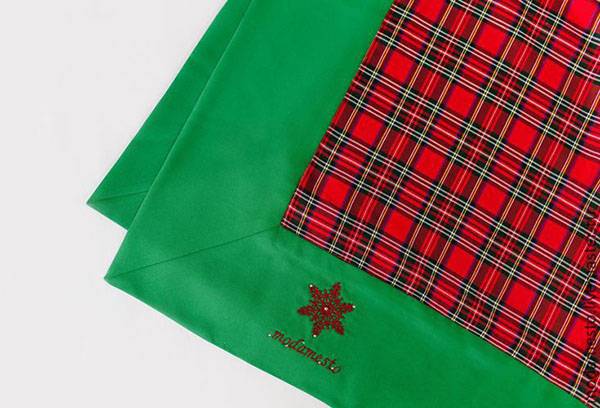
I tried using a hairdryer to heat the creases in the tablecloth. Great way. Nothing complicated. Thank you